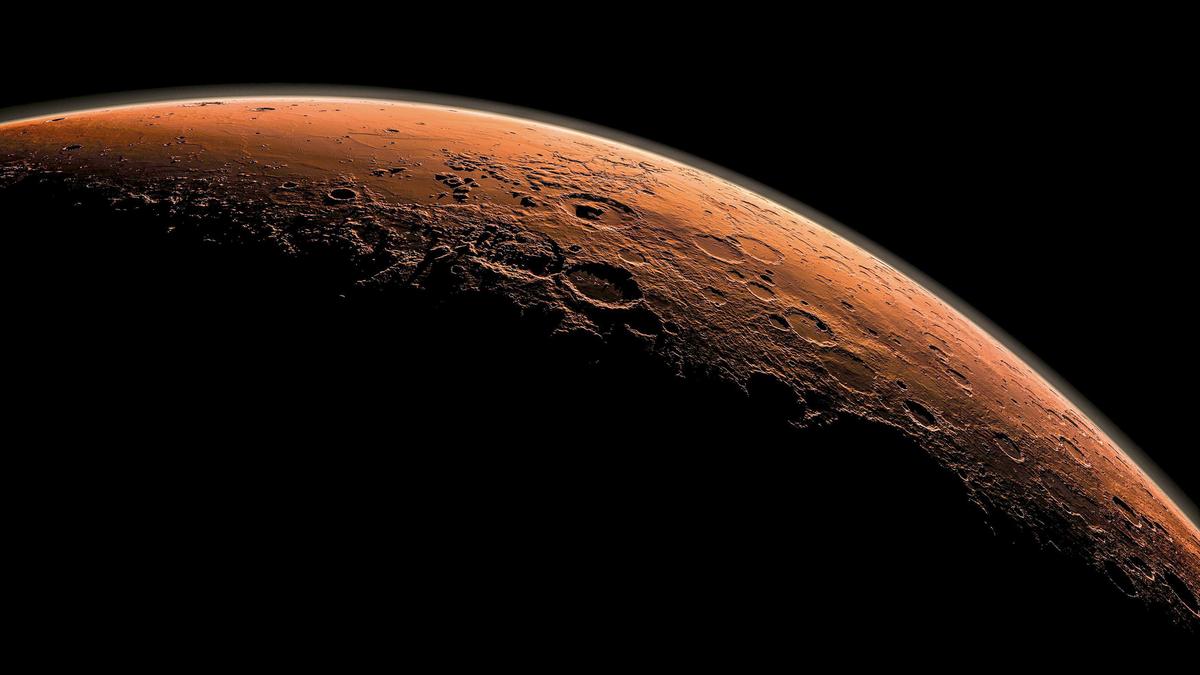
Three craters discovered on Mars by scientists of Physical Research Laboratory
The Hindu
There is geophysical evidence of material other than lava in this crater, with a 45-m thick sedimentary deposit in the subsurface of the crater, obtained using subsurface radar SHARAD/MRO. This discovery provides compelling evidence that the water has moved large volumes of sediment into the crater, now named Lal Crater. This finding also confirms that Mars was once wet, and water has flown on the surface.
The scientists of Ahmedabad-based Physical Research Laboratory (PRL) have discovered three new craters on Mars. They have been discovered in the Tharsis volcanic region (around 21.0 S, 209 W) on Mars.
On the recommendation of the PRL, the International Astronomical Union (IAU) Working Group for Planetary System Nomenclature approved naming the three craters on Mars.
One crater has been named “Lal crater” after Prof. Devendra Lal, a renowned Indian geophysicist and former director of PRL from 1972-1983. It is a 65 km wide crater, centered at -20.98° and 209.34°.
The second crater has been named “Mursan crater” after a town in Uttar Pradesh, India. Mursan crater is a ~10 km wide crater superimposed on the eastern side of the rim of the Lal crater.
The third crater is “Hilsa crater”. It is a ~10 km wide crater superimposed on the western side of the rim of the Lal crater. It is named after a town in Bihar, India.
Explaining the scientific importance of Lal crater, PRL stated that the entire area of the crater, in the Tharsis volcanic region on Mars, is covered with lava.
There is geophysical evidence of material other than lava in this crater, with a 45-m thick sedimentary deposit in the subsurface of the crater, obtained using subsurface radar SHARAD/MRO. This discovery provides compelling evidence that the water has moved large volumes of sediment into the crater, now named Lal Crater. This finding also confirms that Mars was once wet, and water has flown on the surface.





















 Run 3 Space | Play Space Running Game
Run 3 Space | Play Space Running Game Traffic Jam 3D | Online Racing Game
Traffic Jam 3D | Online Racing Game Duck Hunt | Play Old Classic Game
Duck Hunt | Play Old Classic Game











